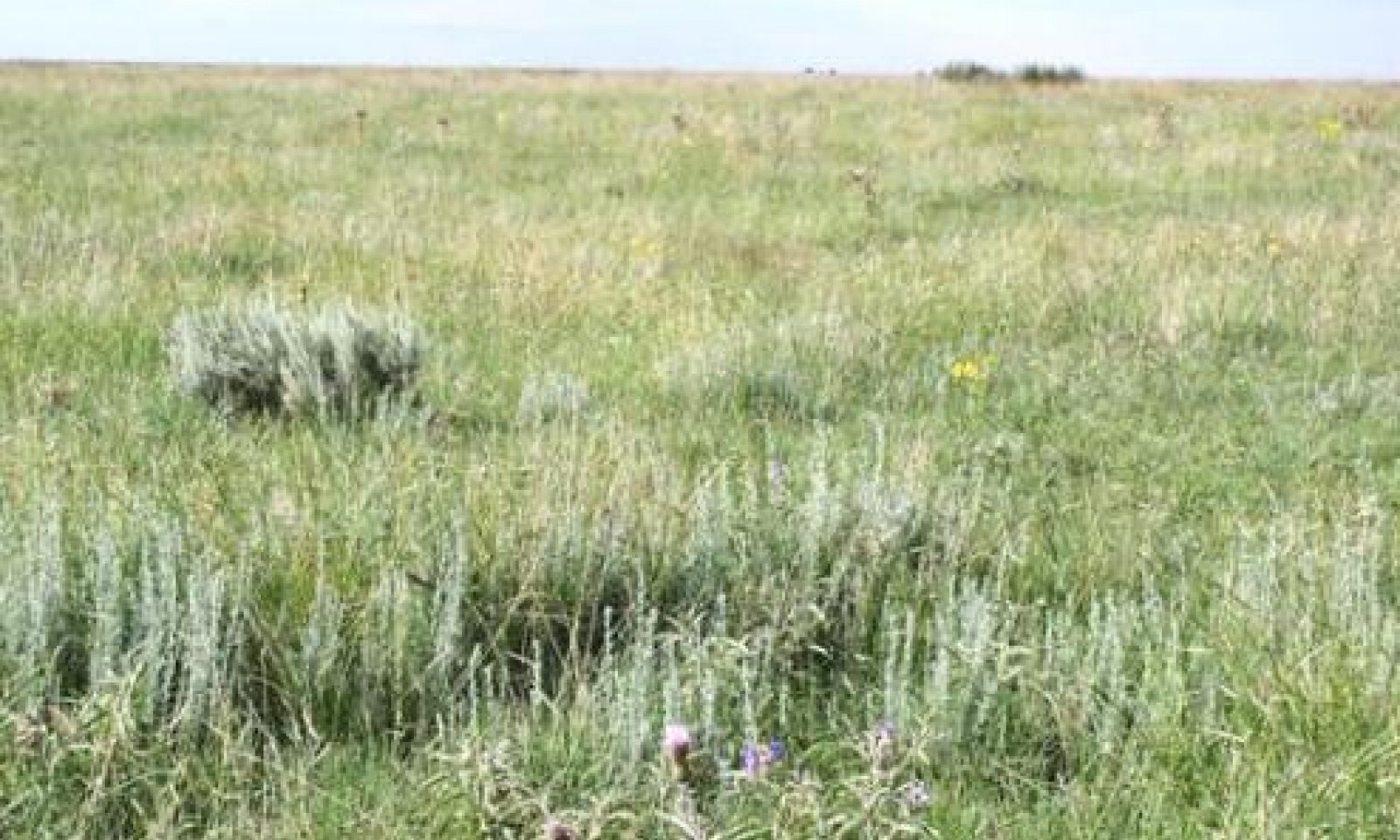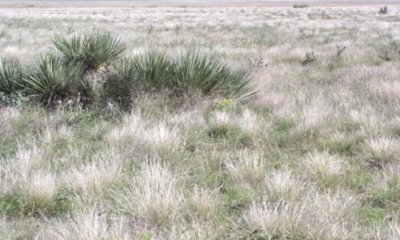
Sandy Loam 12-17" PZ
Scenario model
Current ecosystem state
Select a state
Management practices/drivers
Select a transition or restoration pathway
-
Transition T2A
Absence of disturbance and natural regeneration over time, may be coupled with excessive grazing pressure
More details -
Restoration pathway R2A
Adequate rest from defoliation and removal of woody canopy, followed by reintroduction of historic disturbance regimes
More details -
No transition or restoration pathway between the selected states has been described
Target ecosystem state
Select a state
State 1
Grassland State



Description
Midgrasses tend to dominate over most of the site with sideoats grama being the overall dominant species, lesser amounts of other midgrasses such as vine mesquite, Arizona cottontop, and plains bristlegrass. The dominant tallgrass is little bluestem with lesser amounts of Indiangrass and sand bluestem. In areas where tighter soils occur, the shortgrasses include blue grama and buffalograss. Some cool-season grasses occur in small amounts. Typically associated forbs reach five percent species composition while woody species include sand sagebrush, yucca, and catclaw mimosa approach five percent as well.
The decrease in density and stature of the midgrasses and tallgrasses and an increase in shortgrasses and the density of the yucca and woody vegetation brings about a new plant community, the Shortgrass/Midgrass/Shrub Community (1.2). Little bluestem and sideoats grama are fairly resistant to grazing pressure but will decline if continuous heavy grazing persist. The tallgrasses are fairly sensitive to overgrazing and will begin to decrease more quickly if continuous heavy grazing occurs for long periods. The tendency of this site is to become a shortgrass dominant; sideoats grama and little bluestem will give way to blue grama. There will be an increase in perennial and annual forbs, with increasing amounts of yucca and sand sagebrush.
Submodel
Description
If long-term heavy grazing continues, a threshold will be crossed to a Shrub/Shortgrass Community (2.1). In this degraded state, typical vegetation will be low vigor blue grama and bare areas will open up with annuals filling the voids. Perennial threeawn will invade this site when the more desirable grasses are weakened and/or removed. Yucca and sand sagebrush will increase dramatically. Occasionally, broom snakeweed will increase to the point of domination. The loss of herbaceous cover and increased bare ground encourages accelerated erosion.
Submodel
Mechanism
With heavy continuous grazing, no brush management, no pest management, no fire, and brush invasion have led to a transitional shift from a Grassland State to a Shrubland State.
Mechanism
With the implementation of various conservation practices such as Prescribed Grazing with rest periods during the growing season, Brush Management using chemical or mechanical control, Pest Management, and Range Planting, the Shrubland State can be restored to the Grassland State.
Relevant conservation practices
| Practice | External resources |
|---|---|
|
Brush Management |
|
|
Range Planting |
|
|
Integrated Pest Management (IPM) |
|
|
Prescribed Grazing |
Model keys
Briefcase
Add ecological sites and Major Land Resource Areas to your briefcase by clicking on the briefcase (![]() ) icon wherever it occurs. Drag and drop items to reorder. Cookies are used to store briefcase items between browsing sessions. Because of this, the number of items that can be added to your briefcase is limited, and briefcase items added on one device and browser cannot be accessed from another device or browser. Users who do not wish to place cookies on their devices should not use the briefcase tool. Briefcase cookies serve no other purpose than described here and are deleted whenever browsing history is cleared.
) icon wherever it occurs. Drag and drop items to reorder. Cookies are used to store briefcase items between browsing sessions. Because of this, the number of items that can be added to your briefcase is limited, and briefcase items added on one device and browser cannot be accessed from another device or browser. Users who do not wish to place cookies on their devices should not use the briefcase tool. Briefcase cookies serve no other purpose than described here and are deleted whenever browsing history is cleared.
Ecological sites
Major Land Resource Areas
The Ecosystem Dynamics Interpretive Tool is an information system framework developed by the USDA-ARS Jornada Experimental Range, USDA Natural Resources Conservation Service, and New Mexico State University.


